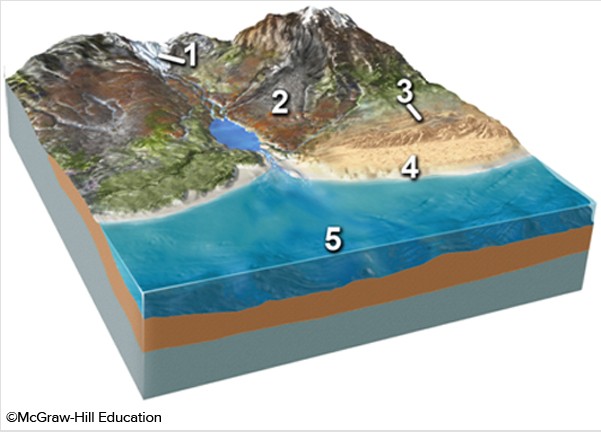Referring to Table ?, determine what percentage of the average family’s
monthly irrigation needs could be met using the water harvested from the
rooftop in this storm. (Hint: Divide the answer to question ??c by the
number of gallons used for monthly irrigation [Table ?] and multiply the
result by ???.) What will be an ideal response?
(990 gal ÷ 1440 gal) x 100 = 69%
You might also like to view...
Interglacial–glacial period climate cycles are often referred to as appearing saw-toothed, with an abrupt change followed by a more gradual change. When do we see an abrupt change: when going from interglacial to glacial times or when going from glacial to interglacial times? When do we see a gradual change?
Examine Figure 18.2. The Vostok ice core is 3310 m (10,860 ft) long. The full record extends back to 422,000 years before the present. The figure shows CO2 in parts per million (ppm) and temperature anomalies in Celsius degrees. What will be an ideal response?
Which of the following locations would most likely contain large, angular rocks?
A. locations 2 and 3 B. location 2, along a steep mountain front C. location 3, in sand dunes D. locations 1 and 2 E. location 1, along the margins of a glacier
Which of the following best explains why some volcanoes erupt so violently?
A. combustion as nitrogen gas compounds react with atmospheric oxygen B. rapid temperature drop as magma reaches the surface environment C. rapid decompression of dissolved gases D. cooling effect of seawater beneath island arc volcanoes E. all of the answers listed here
Which of the following statements about the Pacific Ocean is TRUE?
A) The Pacific Ocean is about three times larger than the next largest ocean. B) The Pacific Ocean covers more than two-thirds of the ocean surface area on Earth. C) The Pacific Ocean is the second largest geographic feature on the planet. D) The Pacific Ocean spans more than one-half of Earth's entire surface. E) All of the continents could fit into the space occupied by the Pacific Ocean.